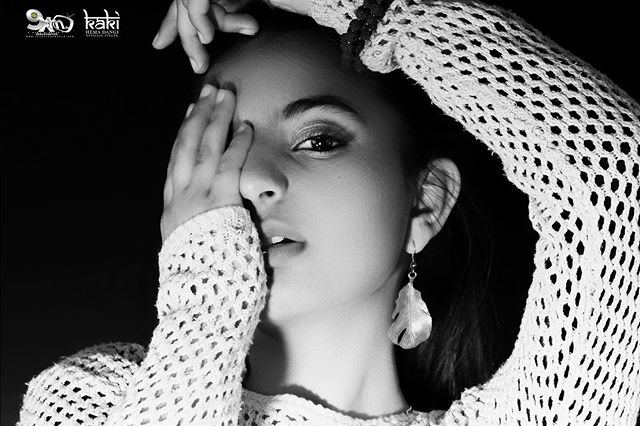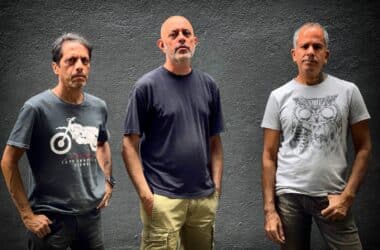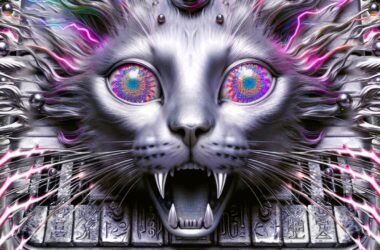After the comedian Joel Kim Booster performed recently at the Kennedy Center in Washington, D.C., he posted about an interaction he had with a heckler, who was standing up and motioning a thumbs-down at Booster.
Writing about the episode on social media, Booster, 36, remarked, “The fact that I have to deal with this,” adding an expletive, “at the Kennedy Center of all places.”
Though it looked like the type of confrontation that is becoming more common at stand-up shows, those in the audience knew better: The heckling was staged, and Booster had invited the audience member to take part. A separate video that surfaced the next day confirmed as much.
That exchange is indicative of one major way stand-up comedy has changed in recent years: Comedians, particularly younger ones, are increasingly using crowd work — the spontaneous conversations they have with audience members — in their performances in lieu of prepared material. In turn, audiences are making themselves increasingly heard at stand-up shows, often in disruptive ways.
It’s now a ubiquitous practice for comedians to share crowd work moments on TikTok and Instagram, edited into short, digestible clips to attract new fans without burning their prepared material.
“There’s room in stand-up for some spontaneity and improvisation,” Booster said. “I think that in order for it to be stand-up at the end of the day, you should still be resting more on the writing than on spontaneous moments in your set. I think people want to feel like you are in control.”
As more comedians structure their sets to engineer those moments, a “schism,” as the Los Angeles-based comedian Ian Karmel calls it, has surfaced in the industry, elevating some comedians while irritating others who believe crowd work is a cheap way to get laughs.
“My sense is that most of us kind of resent it,” said Ethan Hall, a 30-year-old comic based in New York City.
Another New York-based comedian, Nick Callas, said, “The reason you see it so much is because there’s no barrier to entry for crowd work.”
“If you think you’re funny and you get onstage, you ask a question and have a good retort, or somebody heckles you and you have a witty comeback, then there you go, you have content,” Callas, 31, said. “But material and content are very different.”
”
A generational split is at play as well. Abby Govindan, 27, is part of a younger generation of comedians who have deftly used social media to expand their audiences.
“I think a lot of comedians are very allergic to changes in the medium,” she said. “And I get it. Especially the ones who have been honing their craft for three or four decades only to be upstaged by some people in their 20s who are TikTok famous.”
Crowd work has long been a staple of comedy shows. Comedians like Paula Poundstone, Todd Barry, Patrice O’Neal and Don Rickles were pioneers of off-the-cuff moments that came from asking audience members about their jobs and other personal details.
But for the most part, those exchanges took a back seat to the prepared material. Typically, at a club show, the hosts would engage the audience with these kinds of questions, while the other comics would perform their sets without much deviation. Jerry Seinfeld and Rodney Dangerfield, for example, honed carefully crafted sets.
But with his 2014 special, “The Crowd Work Tour,” Barry made crowd work the focus of his comedy, implicitly encouraging other comedians to do the same.
“Now, comics are going on tour with a camera crew, like, every show, and setting up audience mics,” Barry said. “And that, to me, takes the fun out of it. But I also understand you can get some really good content.”
But for comedians who embrace the shift, being able to market themselves on social media using organic crowd reactions is appealing to a new generation of comedy fans.
“The younger crowds, I think, enjoy authentic content more than something that’s crafted,” said Vannessa Jackson, a 31-year-old comic and a writer for “Saturday Night Live.”
Social media has long been used to promote comedy: Dane Cook, for example, built a following on MySpace. But now, the practice is far more widespread for comedians at all levels.
“To be a stand-up comedian in today’s world, you have to be a content machine,” said Gianmarco Soresi, a New York-based comic with about 700,000 TikTok followers.
Matt Rife, 28, is an A-list comedian now, but he toiled in obscurity at clubs for more than a decade. When he started posting crowd work clips on TikTok, including one from a Phoenix show in July 2022 that racked up millions of views, he ascended.
“From then on,” he told The New York Times last year, “every video I posted went viral.”
Now, Rife has 18.6 million TikTok followers, and he’s used the platform to launch himself into the comedy stratosphere, with a recent Netflix special and sold-out arena dates across the country.
But Rife said that his social media success had fed a misconception about what it takes to become successful in comedy.
“I don’t think a lot of comics realize you still have to have a full show,” Rife said in a more recent interview. “Even if I post all my crowd work on social media, I only do like 10 minutes of crowd work per show.”
Sam Morril, who frequently posts videos of his crowd work online, has noticed other comedians trying to guide their shows to generate those clips.
“They don’t really work,” Morril said, adding, “You need to have an act.”
It is not rare for standup audiences to be interrogated so thoroughly that some people end up answering the same questions over the course of several sets.
Karmel, who sees crowd work as something to fall back on if he is bombing, was performing in Las Vegas last summer, following three younger comedians who exclusively performed crowd work. During his set, he realized that his material wasn’t going over, and also that the crowd had grown tired of banter.
“By the time I got up there, and I needed to pull the ‘In Case of Emergency’ cord, they’d all been talked to so much that everyone in the room was like: ‘Yes, he’s a nurse. She’s the chiropractor,’” Karmel, 39, said. “Everyone knew their stories, even as I was trying to use them for fodder to bail me out.”
The emphasis on crowd work has had another effect that some comedians aren’t happy about: Audiences now expect to be chatted with, as if they were on a date and not at a comedy show.
Mo Welch, a Los Angeles-based comedian since 2008, performed at the Hollywood Improv recently, following several comedians whose sets leaned heavily on crowd work.
“It felt wrong to just do my jokes,” Welch said. “It felt like the crowd wanted you to talk to them.”
Comedy clubs now feature “a lot more heckling and screaming,” said Gabby Bryan, a New York City comedian who is releasing an all-crowd-work special in June.
“There’s this whole new wave of audiences coming in from TikTok who never even watch comedy in the first place,” she said, adding that comedians may feel incentivized to generate clips that will circulate widely online.
Not that she minds.
“I’d rather us all talk to this heckler and make a giant group joke out of it than do my jokes that I’ve written,” Bryan, 30, said.
And maybe all the concern about how the laughs are obtained misses the point of the art form.
“I see a lot of comedians being like, ‘Oh, if you can only do crowd work, you’re not a real stand-up comedian,’” Govindan said. “I think that’s a really unfair judgment.”
“As a stand-up comedian, your job is to go onstage and make people laugh,” she said. “Whatever method you use to get that done, you’re doing it.”










